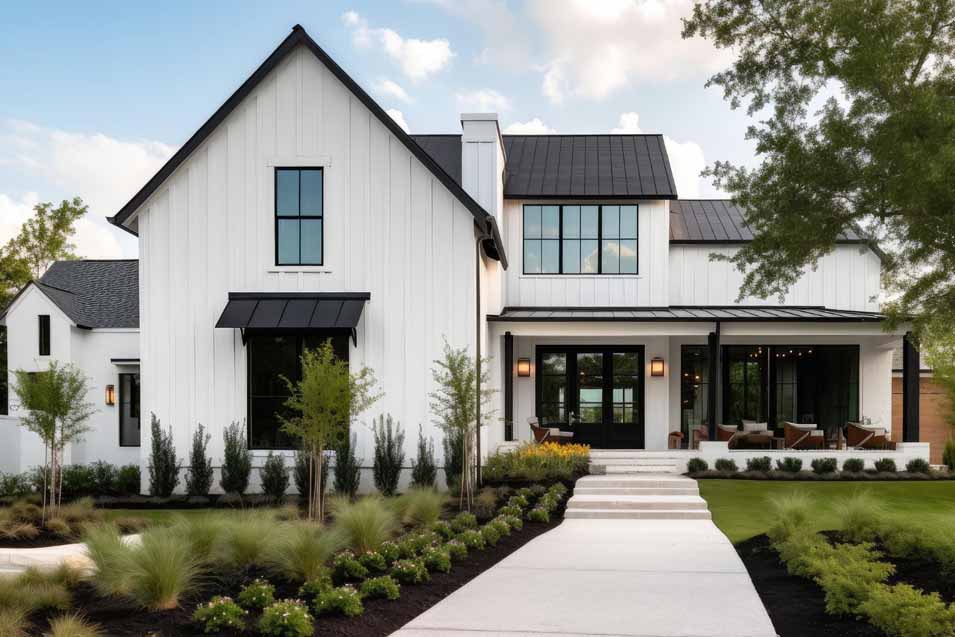In an era increasingly defined by climate awareness, the property market is seeing a shift in consumer preferences. Potential homeowners are not just looking for their dream house; they are searching for homes that minimise their environmental footprint.
As a consequence, property sellers and developers who highlight green features are discovering that these attributes can significantly attract buyers. This trend reflects a broader societal pivot towards sustainability, which has become a cornerstone of contemporary living.
Understanding Green Features in Real Estate
Green features in real estate refer to elements of a property designed to be environmentally friendly. These can range from energy-efficient appliances and solar panels to sustainable building materials and designs that reduce the need for heating and cooling. The goal is to lower carbon emissions and reduce the environmental impact of a home.
It is essential to understand that for today’s environmentally-conscious buyer, green features go beyond surface-level additions. These individuals are looking for homes that embody sustainability in their core design and operation.
As a result, properties that offer these green credentials are not only seen as more attractive but also often command a premium in the market.
Energy Efficiency: A Prime Selling Point
Energy efficiency is arguably the most impactful green feature a home can offer.
Properties that boast energy-saving measures, such as high-quality insulation, LED lighting, energy-efficient boilers, and smart home technologies, appeal greatly to prospective buyers. Such features promise lower utility bills and a smaller carbon footprint—a dual incentive that is hard to overlook.
Moreover, in the UK, the Energy Performance Certificate (EPC) provides an energy efficiency rating from A (most efficient) to G (least efficient). Homes with a higher rating can be more attractive to buyers, who are not only looking to reduce their environmental impact but also to save money in the long term.
Renewable Energy Sources: A Step Towards Autonomy
The integration of renewable energy sources, such as solar panels, wind turbines, or geothermal heating systems, is becoming a unique selling proposition. These systems allow homeowners to produce their own energy, reducing reliance on the grid and providing a hedge against energy price fluctuations.
In some cases, excess energy can be sold back to the grid, generating income for the homeowner. Additionally, renewable energy installations can benefit from government incentives, adding another layer of appeal for potential buyers who are looking to invest in homes with these green features.
Water Conservation and Sustainable Landscaping
Water conservation measures, including rainwater harvesting systems, low-flow fixtures, and water-efficient gardens, are becoming increasingly popular. As water scarcity becomes a more pressing concern, properties that offer solutions to reduce water use are seen as more future-proof and responsible.
Sustainable landscaping goes hand in hand with water conservation. Xeriscaping, the practice of designing landscapes to reduce or eliminate the need for irrigation, not only conserves water but also reduces maintenance time and costs.
The Role of Green Certifications
Green certifications, such as LEED (Leadership in Energy and Environmental Design) or BREEAM (Building Research Establishment Environmental Assessment Method), provide an authoritative endorsement of a property’s environmental performance.
These certifications are a straightforward way to signal to potential buyers that a property meets specific sustainability standards, offering third-party verification of green claims.
Navigating the Market with Green Features
While it’s true that the internet offers numerous platforms like cash house buyers online for quick property sales, sellers with green-certified properties are finding that they can attract a more traditional market as well.
Indeed, the modern buyer’s appetite for sustainable living has expanded the avenues through which environmentally friendly homes can be marketed and sold.
Marketing Green Homes
When marketing a property with green features, it’s vital to educate potential buyers on the benefits. This includes detailing the cost savings, environmental impact, and potential improvements to quality of life. Real estate agents who are knowledgeable about these features can provide invaluable advice to sellers on how to showcase them effectively.
Conclusion
As we move towards a greener future, properties that incorporate sustainable design and technology are not just a trend but a necessity. By highlighting green features, sellers are not only contributing to environmental conservation but are also aligning with the values of a growing demographic of buyers.
These features are not mere selling points but investments in the future of our planet and the well-being of its inhabitants. Thus, the environmental impact becomes a pivotal aspect of property appeal, ensuring that eco-friendly homes are at the forefront of the real estate market.






